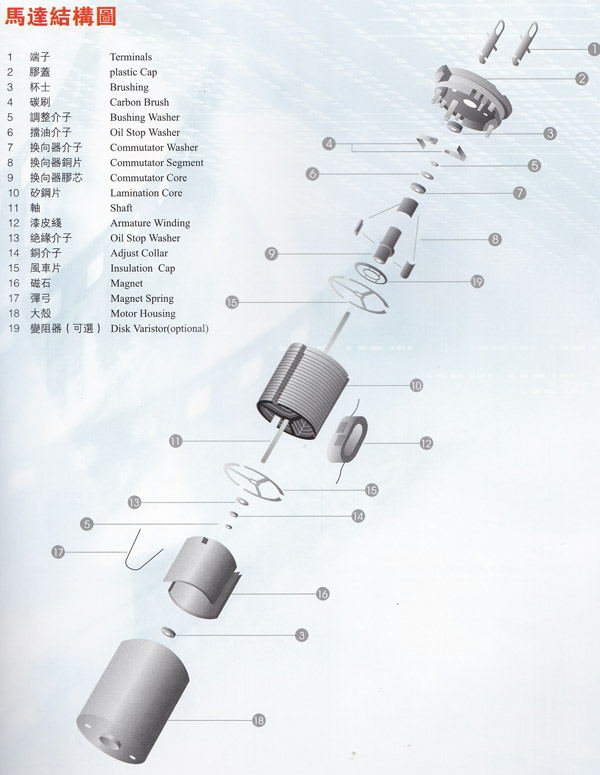In the realm of modern electronics, micro motors stand as indispensable components powering a vast array of devices. From smartphones to automotive systems, these miniature marvels play a pivotal role in driving innovation and functionality. Let’s delve into the intricate workings of micro motors to uncover the fascinating mechanisms behind their operation.
At its core, a micro motor operates on the principle of electromagnetism, harnessing the interaction between magnetic fields and electric currents to generate mechanical motion. The basic components of a micro motor typically include a rotor, stator, commutator, brushes, and a power source.
The rotor, often referred to as the armature, consists of a coil of wire wound around a central core. When an electric current flows through this coil, it generates a magnetic field, causing the rotor to experience a force according to the laws of electromagnetism. This force drives the rotational motion of the rotor, which is then transferred to the device being powered by the micro motor.
The stator, on the other hand, remains stationary and surrounds the rotor. It consists of one or more permanent magnets or electromagnets positioned to create a magnetic field. This magnetic field interacts with the magnetic field generated by the rotor, exerting a force that causes the rotor to rotate.
To ensure continuous rotation in a specific direction, micro motors utilize a commutator and brushes. The commutator is a segmented ring attached to the rotor shaft, while the brushes are conductive contacts that maintain electrical contact with the commutator segments. As the rotor rotates, the commutator switches the direction of current flow in the coil, effectively reversing the polarity of the magnetic field and ensuring consistent rotation.
The power source for micro motors can vary depending on the application. It may be a direct current (DC) power source, such as a battery or a rectified AC power supply, providing the necessary electrical energy to drive the motor.
In summary, micro motors operate by converting electrical energy into mechanical motion through the interaction of magnetic fields and electric currents. Understanding the intricate workings of these miniature powerhouses sheds light on their essential role in powering the modern world’s electronic devices and machinery.



